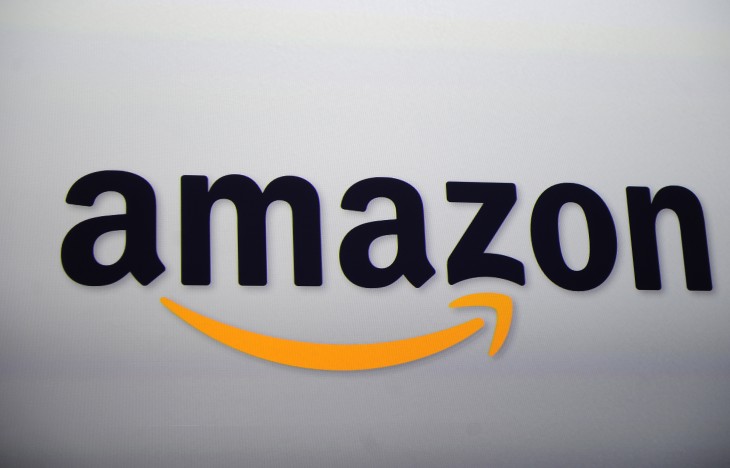 Most business owners understand that loyal customers are the key to long-term sustainable business growth. But loyalty is far more important than that. Loyal customers help grow your brand, get new customers for you at no cost, and perhaps most significantly, loyal customers are six times more likely to give a brand the benefit of the doubt in uncertain circumstances. Case in point: Apple’s transgressions are frequently forgiven by it’s loyal customer base but Microsoft does not enjoy that same benefit of doubt.
Most business owners understand that loyal customers are the key to long-term sustainable business growth. But loyalty is far more important than that. Loyal customers help grow your brand, get new customers for you at no cost, and perhaps most significantly, loyal customers are six times more likely to give a brand the benefit of the doubt in uncertain circumstances. Case in point: Apple’s transgressions are frequently forgiven by it’s loyal customer base but Microsoft does not enjoy that same benefit of doubt.
According to Forbes magazine’s recent survey, the top 5 brands with the most fanatically loyal customers in 2014 were: Apple, Amazon, WhatsApp, Google, and YouTube. And none of them have a so-called ‘loyalty program’. Instead, their loyalty is primarily a result of the following attributes: Great service, Great value, Differentiated products, and Emotional Engagement.
Most of us can quickly relate to and understand the first 3 criteria. Although some businesses are better in these areas than others, most businesses are constantly working to improve these 3 attributes. Let’s agree that all businesses continue to focus on these.
However, the fourth attribute, emotional engagement, is perhaps the most important and most commonly misunderstood and ignored. It’s time to fix that. Emotional engagement comes from how you interact with your customers across different channels. It goes without saying that creating great experiences when physically interacting with your customers is the best way to build emotional engagement. But what should a business do online when the opportunity to look someone in the eyes is not there. You still have to provide great value to your customers in each engagement as well as be very sincere in your intention to actually build a relationship. The difficulty is how to get this across. Below are four tried and true channels to build emotional engagement with your customers:
Social Networking
Social networking is one of the best and easiest ways to build customer loyalty. A good tactic is to follow the ‘one in seven’ rule when posting to your social networking account. This rule specifies that one of your daily or weekly posts will promote your small business outright, while your remaining 6 posts will share useful information related to your line of business. You can also encourage your followers to take part in some fun activities such as vote, ask interesting questions, and take part in a competition. Beware of using automated software posting syndicated messages on your social media account. This can give your customers an impression that you are insincere.
Newsletter
A newsletter is a powerful marketing tool for building customer loyalty if you do it right. By sending out timely, consistent newsletters with highly valuable content, you’ll build a readership that looks forward to your emails. Fill your newsletters with articles you’ve written, articles you’ve collected, and news that relates to your industry. You can also use newsletters to let people know about upcoming deals and promotions. You may have the urge to toot your own horn in your newsletter by listing company milestones or good news but always keep in mind that although your customers may love your company/service, they’re more interested in how you can help them than in your personal news.
Blogging on Your Website
Blogging is a valuable tool for you to keep in touch with your customers. A survey shows that small businesses who blog have a higher number of customers. Regular blogging will optimize your website for search engine optimization (SEO), so that people will be able to find your products and services more easily on the internet. Since your blog is the center of your content marketing efforts, it allows you to share your new products, brand story, company news and promotions with your customers. But most importantly, it allows you to share your expertise so that customers have confidence in your product or service. A blog also encourages two-way conversations with your customers through commenting. If you take the time to read and reply to all the comments with useful or inspiring answers, your customers will feel appreciated and taken care of, so this is definitely something to keep in mind.
Guest Blogging
When you post an article on an authority site, it shows that experts in the industry acknowledge the usefulness of your information. It’s also a much better alternative to advertising. People are more likely to pay attention when your website is featured on one of their favorite sites or blogs instead of an advertisement for your business and it also reinforces the confidence your customers have in your company.
Emotional engagement is not something that happens overnight. It takes time to work on building trust with your customers and just like in personal relationships, sincere intentions go much farther than manufactured ones. The methods above provide a sampling of available options; make them a priority and create a network of loyal customers and brand evangelists.






